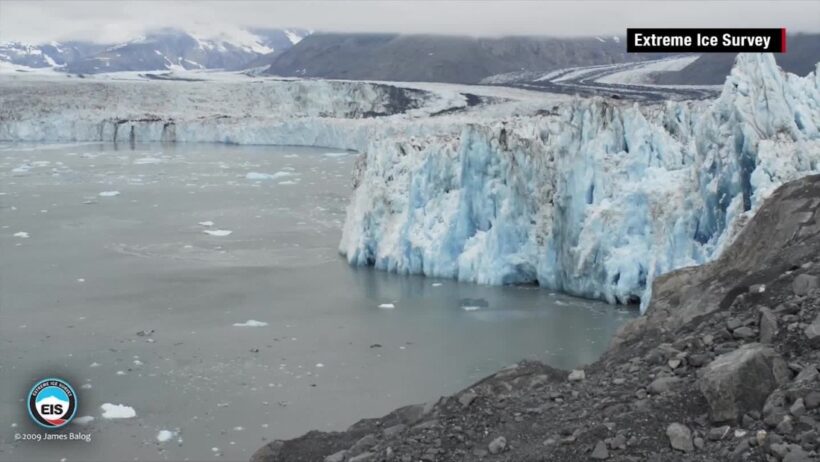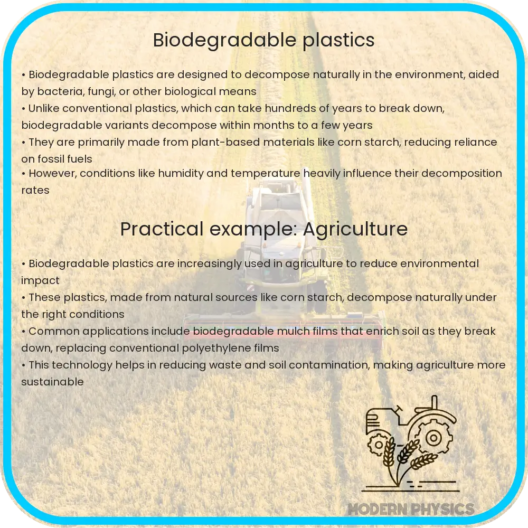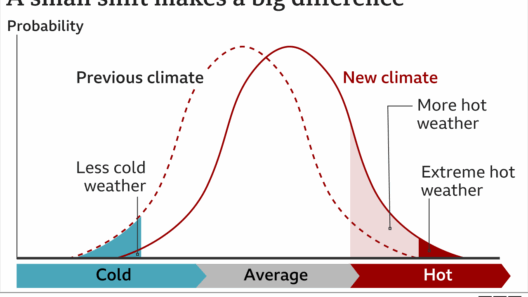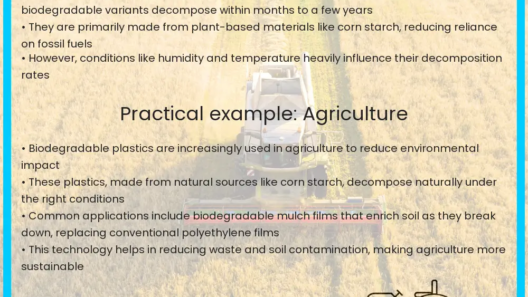Global warming is an intricately complex phenomenon that has captivated the attention of scientists, environmentalists, and the general public alike. The world has witnessed increasing temperatures, melting glaciers, and unprecedented weather patterns, all of which raise a profound question: Can global warming trigger a new ice age—or even lead to extinction? Understanding this relationship requires a multifaceted exploration of climatological science, historical precedents, and potential future scenarios.
First, it is crucial to recognize that global warming and ice ages are not mutually exclusive events. Throughout Earth’s history, the climate has oscillated between periods of warming and cooling. Ice ages, characterized by significant drops in global temperatures, have punctuated the planet’s chronicle, often driven by factors such as orbital variations, changes in solar radiation, and alterations in oceanic currents. Current anthropogenic emissions of greenhouse gases are inducing an unprecedented rate of warming, leading to speculation about the possible ramifications for future climate patterns.
One noteworthy point of interest is the concept of feedback loops. As glaciers and polar ice caps melt due to rising temperatures, less sunlight is reflected back into space, allowing the Earth to absorb more heat. This phenomenon can exacerbate global warming, further intensifying the melting process and potentially disrupting ocean currents. The Atlantic Meridional Overturning Circulation (AMOC), a crucial component of global climate regulation, could be particularly vulnerable. If AMOC slows down significantly, it could lead to drastic shifts in regional climates, especially in Northern Europe and North America, potentially triggering an ice age in these areas, despite the overall warming trend.
The interconnection between melting ice and changing ocean currents highlights a paradoxical reality: while global processes are driving warming, localized areas might experience stark cooling. Historical precedents underscore this complexity; for instance, the Younger Dryas, a sudden return to glacial conditions about 12,900 to 11,700 years ago, perhaps precipitated by disruptions in oceanic circulation. Could a similar mechanism occur in response to current climate changes?
As if the potential for a new ice age were not concerning enough, global warming engenders the grave prospect of extinction among various species. Ecosystems function through complex interdependencies; the elimination of even one species can send ripples through food webs. Species that are unable to adapt to rapidly changing temperature conditions face existential threats. Coral reefs, for example, are highly sensitive to temperature variations. A phenomenon known as coral bleaching occurs when ocean temperatures rise, leading to the expulsion of symbiotic algae critical for coral survival. The loss of these underwater ecosystems would not only devastate marine biodiversity but also significantly disrupt the livelihoods that millions of people depend on.
Moreover, the phenomenon of habitat destruction and fragmentation exacerbates species vulnerability. As temperatures rise, certain species are compelled to flee to cooler regions, often facing insurmountable barriers including urban development and agricultural expansion. This migratory pressure can lead to increased competition among species and, consequently, heightened extinction rates. A report from the Intergovernmental Panel on Climate Change (IPCC) indicates that over one million species are at risk of extinction due to habitat loss attributable to anthropogenic climate change.
Even humans are not immune to the repercussions of climate change. As the planet warms, ecological degradation can incite widespread food insecurity, potable water shortages, and increased frequency of extreme weather events. These factors stem from disrupted agricultural systems and diminishing natural resources, which can destabilize societies, leading to conflict and mass migration—elements that can threaten the very foundation of human civilizations.
The intriguing interplay of global warming and its potential to trigger an ice age or cause extinction raises urgent questions regarding our collective responsibility. As stewards of the planet, it is imperative to address the alarming trends in climate change. Mitigation strategies can be instituted through the adoption of sustainable practices, bolstering renewable energy usage, and implementing policy changes that prioritize ecological conservation. Public awareness campaigns can also galvanize community engagement, encouraging individuals and organizations to contribute toward climate resilience.
Furthermore, adaptive measures must be embraced as we navigate the evolving landscape of climatic shifts. Investment in research aimed at understanding biological adaptation and resilience in ecosystems is paramount. By fostering biodiversity and protecting critical habitats, societies can enhance the ability of species to withstand climatic fluctuations.
In conclusion, the possibility that global warming could precipitate a new ice age or lead to extinction serves as a powerful reminder of the delicate balance that sustains life on Earth. The intricate connections between temperature fluctuations, oceanic changes, species survival, and human wellbeing underscore the complexity of climate dynamics. It is a clarion call for immediate action and a collective mobilization to combat climate change, safeguarding the future for generations to come.








